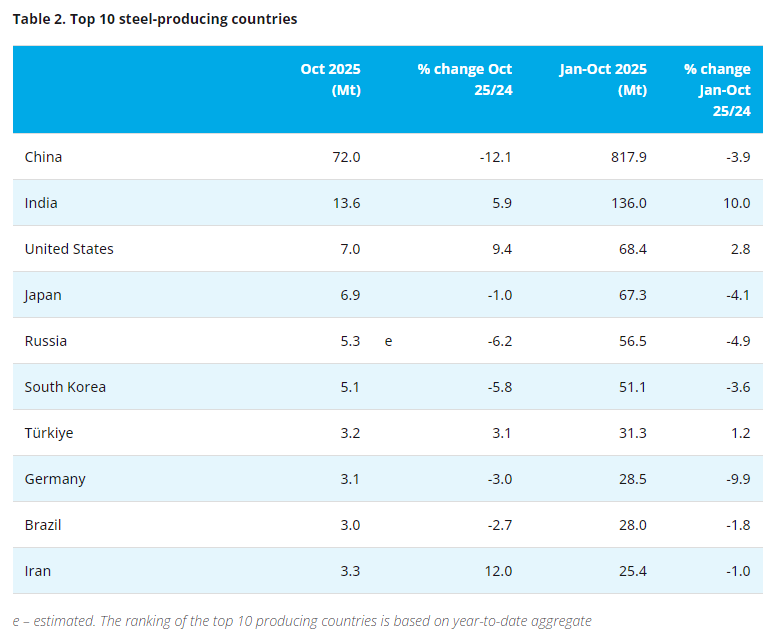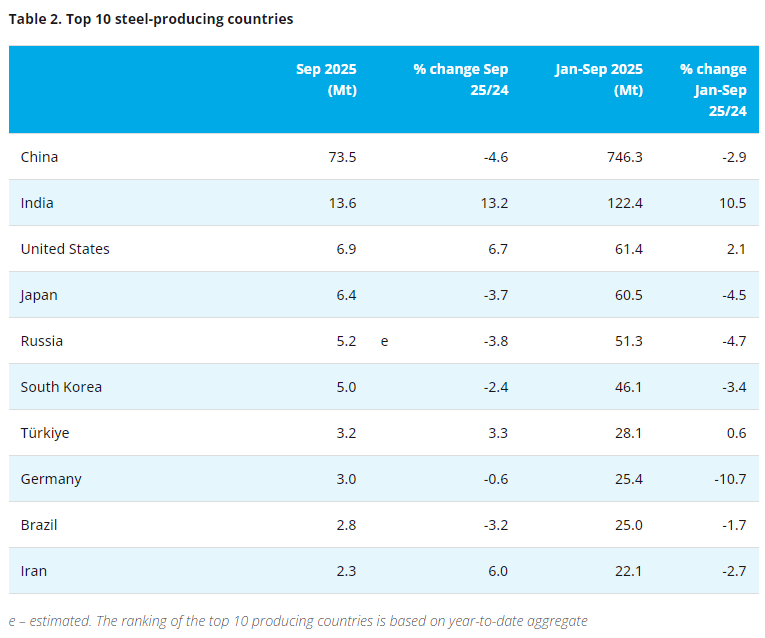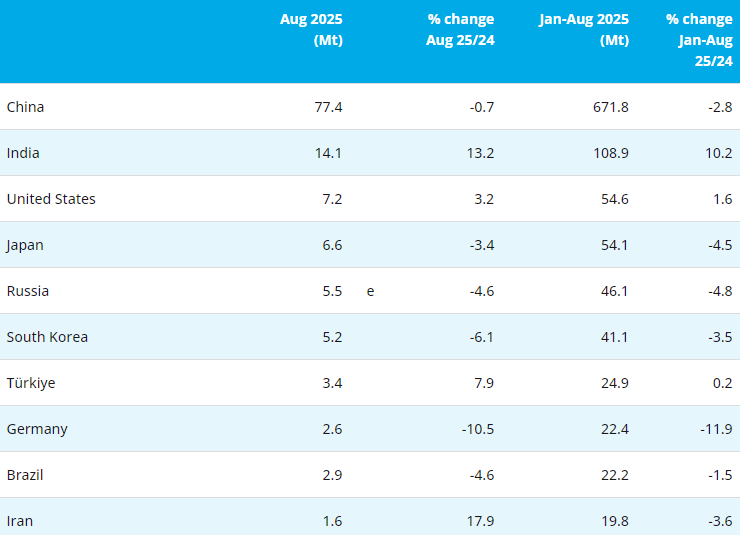[ferro-alloys.com]BloombergNEF, the primary research service for Bloomberg, is forecasting an 18% drop in electric vehicle (EV) sales this year due to disruptions to battery metals supply chains from the covid-19 pandemic.
It has lowered its forecast for EV sales this year to 1.7 million vehicles, a 27% drop from its earlier forecast.
The decrease in EV sales will result in a 10% drop in demand for lithium-ion batteries to 71-gigawatt hours (GWh).
However, it expects long-term demand for EVs to be maintained. The group projects global EV sales to reach 26 million vehicles by 2030, 9% below its 2019 forecast of 28 million vehicles, and total lithium-ion battery demand for all end-users is expected to reach 2,000 GWh by 2030.
The lithium market will remain in balance, it says, with deficits for both lithium hydroxide and lithium carbonate, critical ingredients for lithium-ion batteries. Bloomberg predicts that demand for lithium hydroxide will fall into deficit in 2021.
Despite the impact of covid-19, lithium carbonate remains oversupplied, with de-risked capacity reaching 405,000 tonnes of lithium carbonate equivalent in 2020, 12% lower than its 2019 forecast, BloombergNEF reports.
It expects lithium prices to fall during the second and third quarters of 2020 as much as 11% for spodumene, an important lithium-bearing mineral, and a vital source of the metal, 5% to 9% for lithium carbonate and 4% to 7% for lithium hydroxide.
Meanwhile, nickel, a key ingredient in lithium-ion batteries, is expected to hold steady and could perform better in 2020 than other base metals, albeit lower than predicted in 2019, BloombergNEF notes.
Prices, it said, should remain around the two-year average of $13,000 per tonne and could recover further in the fourth quarter, with potential for price increases in 2021.
It also expects prices to recover for mined class 1 nickel (which contains a minimum of 99.8% nickel) if it goes into deficit and there is no flexible demand switching.
Furthermore, because nickel refineries are using feedstock inventories to maintain production, the class 1 nickel market is balanced. However, should producers fail to keep up with capacity expansion plans and continue to scale back on capital expenditure, class 1 nickel and nickel sulphate could fall into deficit in 2021, BloombergNEF said.
Cobalt, used as a cathode in lithium-ion batteries, is also expected to fall into deficit in 2020, according to BloombergNEF. Although the deficit is modest at 17,000 tonnes, Bloomberg notes, it could lead to a marginal price increase of 5% to $31,000 per tonne by the end of the year.
Due to a sluggish recovery in the expansion of supply as producers pull back on capital expenditure needed to upgrade capacity, the deficit could be much larger from 2021 to 2023.
(Mining.com)
- [Editor:王可]



 Save
Save Print
Print Daily News
Daily News Research
Research Magazine
Magazine Company Database
Company Database Customized Database
Customized Database Conferences
Conferences Advertisement
Advertisement Trade
Trade

















Tell Us What You Think